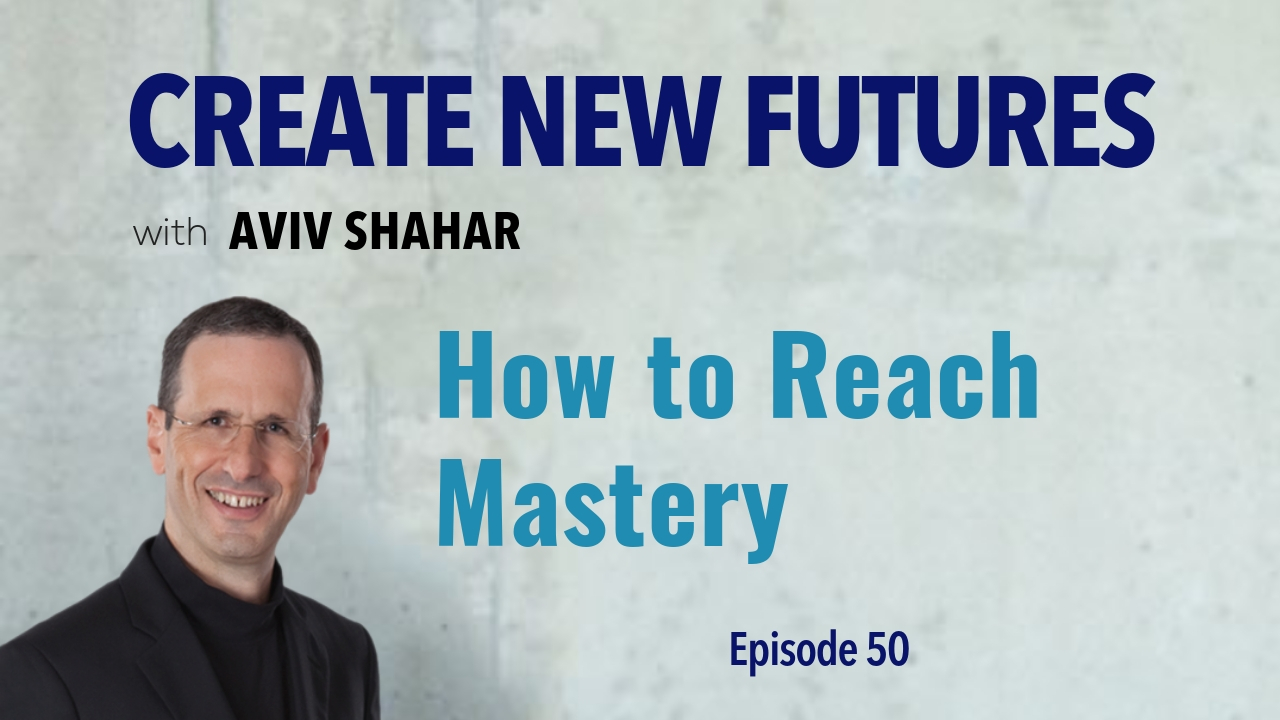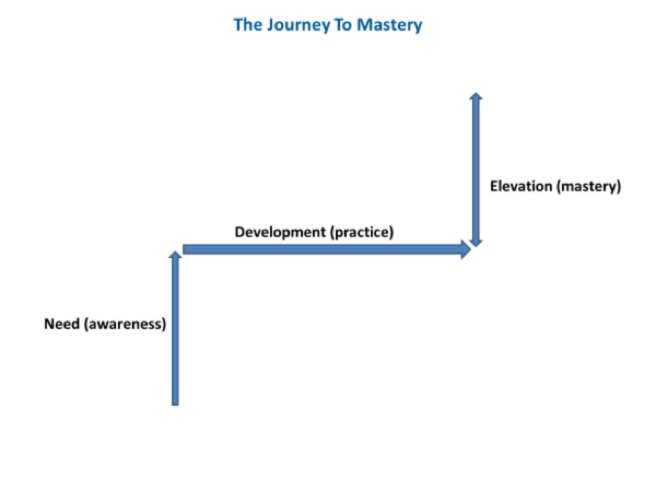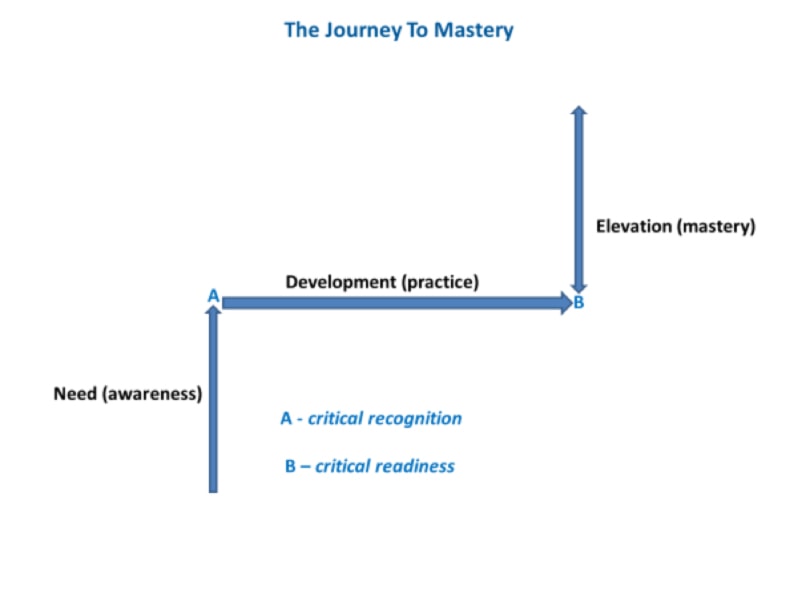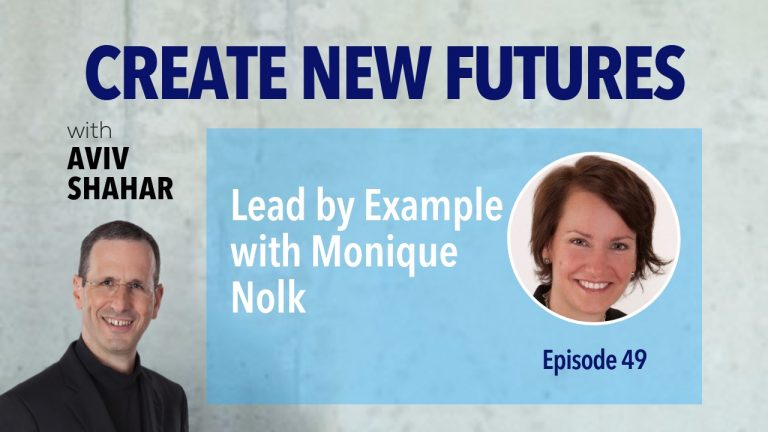Hi Leader,
CEOs and executives who lead with their hearts are inspiring. I enjoy collaborating and working with such leaders: they are genuine and passionate, continually seeking to learn, improve everything they touch and create positive change. Alice, for example, is a senior executive responsible for establishing a whole new organization. Committed to making sure the new organization goes beyond delivering on their ambitious business agenda by bringing the best knowhow and experience, she was striving to build an exemplary culture of high trust, outcomes-focused teamwork and innovation rigor.
Like other executives and CEOs I work with, Alice exhibits some of the behaviors most inspiring to me. She brought to the table a focused inquiry, directness, and persistent application of new learning. Resourceful and rapid application is especially crucial for creating sustained impact.
CEO advisory and executive coaching are most fruitful for clients and enjoyable to me when these leaders apply the insights that emerge during our conversations and proceed without delay to create momentum. Fast implementation of ideas, solutions and strategies builds a compelling learning and growth momentum.
How to Reach Mastery

Listen Here: Episode 50 - How to Reach Mastery
During one of our calls, Alice came right to the point: "We have learned some powerful tools and frameworks on our journey with you. Our team is getting positive results and progress. Still it seems to me that we are only scratching the surface and only partially utilizing these learnings and their transformative potential. Why are we experiencing only limited pockets of success? How can we fully realize stage four of the learning cycle to engender organizational-wide commitment and ownership?"
When Alice heard my laughter on the other end of the phone, she started laughing herself. We both knew, even before I stated the obvious, that she was asking the multi-million-dollar question. Here are variations of the same question:
- Why do we fail to fully follow through on our declared intentions?
- What's holding us back from realizing our fullest potential?
- What is it about our conditioning and way of showing up that lead us time and again into suboptimal and even dysfunctional applications?
- What's the difference between good executive teams and outstandingly great ones?
- How can we become a truly high-functioning leadership team?
"Do you realize, Alice, that you are pursuing the Holy Grail of organizational effectiveness?" I replied with a chuckle. "We humans pride ourselves on our sapient sapience, which means that we have the capacity to be aware of our awareness. However, the reality is that most teams largely operate as a suboptimal subconscious system that tends to produce collective stupidity instead of unleashing its collective wisdom."
"Right," Alice, responded. "So how do we go about unleashing more of our potential to produce collective wisdom? How do we make sure we apply what we learn and bring it to life at a whole new level?"
One exciting element about go-getters is that they don't mince words. They drive forward. They chase the next growth opportunity with intensity.
"Well, Alice, you've already made a leap forward by creating positive momentum with your team. You now are facing the Einstein puzzle." I paused for a moment. Because Alice and I have been in a dialogue for nearly a year, and she has embraced my dialectic approach of framing incomplete statements as riddles to be solved and played into, as I described in my book Create New Futures, she hit the tennis ball right back at me.
"Einstein worked on many puzzles. Are you referring to his theory of relativity, or his statement, 'A question that sometimes drives me hazy: am I or are the others crazy?' Or are you referring to an altogether different puzzle?"
I replied, "Actually, all three of these concepts are on point, especially a third idea. Einstein's guidance for addressing problems was this: "We cannot solve our problems with the same thinking we used when we created them." His insight was that the answer cannot be found at the same level at which the question appears. Resolving the problem becomes possible by elevating the conversation to a higher altitude.
I proceeded with my provocation by reframing Alice's question. "You are asking about the journey into mastery. What is the journey into mastery?" I asked rhetorically. The reframed question converted the problem into an opportunity and offered a path to redirect the energy of frustration to an aspirational pursuit.
The Einstein puzzle suggests that the journey into mastery is neither a straight path nor a linear one. In fact, it is a three-legged journey. Moreover, the drive to mastery includes both interior and exterior dimensions as well as an ambiguous factor. Here is how I describe the journey to mastery.
Having an image of this journey in front of you might help as I explain its components. I invite you to take a piece of paper and follow my directions to sketch your own picture. On the lower left side of the page, draw a vertical ascending arrow, three inches in length. This arrow represents the first leg of the journey. Label this arrow Need (awareness).
Next, draw a horizontal arrow that begins from the top of the vertical arrow and continues to the right, about two-thirds of the way across your page. Call this vector Development (practice).
Finally, draw a three-inch vertical ascending line from the right edge of the horizontal arrow. Label this vector Elevation (mastery). Now draw the wings of the arrow both at its top and at its bottom.
Here is what the journey looks like:

Now that you can see what the journey to mastery looks like, let me explain each of the three legs in detail.
The development journey toward mastery begins with the awareness of a need. In your case, the awareness may be triggered by an organizational or a business need that requires the leadership team to perform with greater agility, to problem-solve on the move, and to meet new customer requirements. There can be multiple triggers that catalyze an awareness of a need to effect change. Change- and development-triggering signals can be interior and exterior, individual and organizational. For example, a development change can be triggered by:
- A new opportunity
- Fear of losing relevance
- Competitive pressure
- Personal conflict
- Organizational crisis
- An innovative technology
- A sense of shortfall
- Environmental change
- A general sense of restlessness and boredom
- Leadership change
- Irresistible pain
- New awakening and urgency
All these developments and more can spark the awareness of a need. The awareness can be broad and vague (I need to make a series of personal and professional changes) or it can be highly specific (to become an effective leader, I must demonstrate active listening skill, or to succeed in this role I must build financial acumen).
The ascending need (awareness) arrow represents the transition from what at first is a general and undefined sense to the apex, which represents an inescapable recognition. The point at which the person makes a turn from thinking (I need to make a change) to doing (I am taking a concrete action) marks the beginning of the Development (practice) leg of the journey, which is represented by the long horizontal arrow.
This second leg is the longest and most challenging. Along that journey you encounter internal struggle and resistance as well as external obstacles and push-back.
A critical realization along the development practice path is that the initial triggering fuel is insufficient to carry you through the journey to the next inflection point. You must find new and/or deeper reasons (propelling fuel) to overcome external obstacles and resistance. Even more challenging is the need to overcome interior resistance. The development (practice) journey always finds ways to challenge your beliefs, your resilience and determination, and your sense of worthiness and self-esteem. The development journey tests your open-mindedness, your self-forgiveness and resolve, and your resourcefulness and creativity.
Most change and development efforts are aborted early or halfway through the journey because people feel overwhelmed by external and internal resistance points. Facing such resistance (from within and from without) when you are pursuing a development practice is critical to the success of your journey: the purpose of the resistance is to catalyze the change. This point is illustrated clearly by the Biblical story of the Israelites who wandered in the desert for 40 years. Their old mindsets and habits of slavery had to die before they could enter the Promised Land.
The wandering in the desert transformed the people in the crucible of resistance and refashioned them as a nation ready to reach the Promised Land. Their story has become a metaphor and a source of inspiration for change movements. The crucible of resistance created by the development path shapes and molds the inner and collective formations to be able to withstand great pressures. It builds readiness for a new future, whether that point arrives in four days, four months, four years or 40 years.
The first turn, from need (awareness) to development (practice), occurred at the point of critical recognition. The second turn occurs at the point of critical readiness.

The third leg of the journey, elevation (mastery), is denoted by the vertical arrow on the right. Its two-way flow represents the ascending movement and a transcending influx movement coming from above.
Let me explain. To become an Olympian, you must pass the Olympic test. Whereas the Olympic barrier (resistance) is well defined, in most other fields and pursuits, the readiness test is ambiguous. For example, although medical school graduates receive a Medical Doctor diploma, that certificate represents only the first step on the development path to their readiness to practice medicine.
Years ago, I watched an interview with the actor Al Pacino. Here is what I learned that instantiates the elevation of mastery insight. The elevation occurs when you are ready, not when you think you are ready, and not even when you've exhausted your determination. Rather, the ascent occurs at the point at which mastery is ready to admit and adopt you into its realm.
What I relate here about that interview is not what Pacino said word for word, but rather the essence implicit in his narrative and how I have chosen to adapt his story to represent the elevation of mastery. Pacino related how, while acting in one of Shakespeare's plays at an early stage in his career, he had a formative and somewhat miraculous experience.
He already was a successful actor, though not as well-known and famous as he became later. For the first three months of the production he showed up every night, acted well, and spoke his lines convincingly. The play was going very well and receiving positive reviews. Deep inside though, Pacino knew that he did not unlock the play and did not comprehend it's deeper meaning. Then one night, in the middle of a scene some twenty minutes into the 76th show, something profound and magical occurred. As Pacino described the moment, the play suddenly surrendered to him. In a split second, the stage, the spaces, the lines, the entire cast, the inflections, the cadence, all of it surrendered and made sense. At that point, Al Pacino stopped acting in the play, and instead he became the play.
Pacino's persistent and passionate pursuit of his own Shakespearian desert led him to the point of mastery at which the elevation of his acting enabled him to see and experience the play inside-out, literally from above, from a higher altitude - that is, from a place that enabled him to fully embody the Shakespearean intent.
Time and again, the great masters we celebrate in sports, in the arts, in leadership and in other fields have experienced the journey in the desert before reaching the point of elevation. Working through resistance is what fashioned them to the point of readiness, and what made reaching the ascent of mastery so rewarding.
To reach mastery, you do not have to be Al Pacino, Meryl Streep, Renée Fleming, Luciano Pavarotti, Misty Copeland, Michael Jordan, Michael Phelps, or Katie Ledecky. Mastery can be attained in less prominent ways, away from the limelight. Mastery can be achieved and demonstrated in teaching, in coaching, in leading and in performing a technical skill. Mastery can be attained in gardening, cooking, and even in observing and listening with presence, caring and loving. Each of these skills, capacities and expressions can be mastered at profound levels.
I bet you already have recognized and realized moments of mastery in your journey, both small and large. Here is my own personal testimony. I have had my share of desert years, perhaps even long desert years. Those times have made the elevation more exhilarating, and the experience of mastery extraordinarily joyous and blissful.
My greatest joy today is helping others discover and reach a point of elevation in their work by designing development journeys that enable the release of their individual and collective brilliance and the actualization of mastery. My collaboration with Alice is one example of the work I've chosen.
Now it's your turn. Turn the key. Focus first on the need that drives you. Embark on the development (practice) leg of your journey. Patiently and persistently work to fashion readiness. The elevation of mastery will find you, on its terms, when you are ready.
Lead by Example with Monique Nolk

Listen Here: Episode 49 - Lead by Example with Monique Nolk
"Be yourself and enjoy what you're doing because life is too short."
Episode Summary
Monique Nolk is the Vice President and Worldwide Head of Alliances at Hewlett Packard. She has extensive experience in shaping and negotiating complex deals, leading change and transformation initiatives, and connecting and influencing multiple functions and levels of an organization. In her previous role, she was the Vice President of Operations and merger and acquisition integrations at HP, where she led the integration of the $3B Aruba network acquisition.
In this episode, Monique reflects on her current role and breaks down the components of successful alliance and negotiation tactics, where working towards building mutually beneficial outcomes is of the utmost importance. Aviv and Monique discuss the nuances that must be balanced in order to achieve win-win scenarios for both parties involved. Monique shares the insights she has gained over the course of her career to a provide a detailed roadmap on how to arrive at these win-win scenarios. Her strategies include understanding the needs and objectives of those involved in the scenario, simplifying the complex, making the process personable and helping others to navigate through the scenario. Monique is a proponent of fact-based management, as it eliminates emotions that may potentially cloud judgement. Aviv and Monique also define leadership styles and philosophies that they believe are key to success. Finally, Monique offers the importance of treating people with compassion, regardless of culture, age or background.
Essential Learning Points:
- [01:04] - Introducing today's guest, Monique Nolk
- [02:48] - Monique discusses what she enjoys most about her work
- [04:12] - Defining successful relationships
- [05:31] - How Monique creates win-win scenarios
- [08:02] - Monique describes working in a male-dominated field
- [10:58] - How Monique cultivated her keen observation and assessment skills
- [13:03] - The importance of facilitating others to articulate solutions rather than dictating solutions to them
- [14:31] - Monique's early career aspirations
- [15:37] - Monique's educational background
- [16:47] - Spending time abroad in China
- [18:08] - How Monique's time in China shaped her world view and perspective
- [20:17] - Monique recalls how she found her sweet spot
- [21:54] - Cultivating a sense of humor, wit and a touch of sarcasm
- [23:15] - How Monique's career evolved after relocating to Houston
- [25:30] - Monique shares how she embraces challenges and adversity and turns them into growth experiences
- [28:56] - Monique's leadership style and philosophy
- [31:50] - Aviv and Monique discuss the polarizing impact of social media on society
- [35:54] - Monique speaks on her passion for travel
- [39:00] - The importance of compassion and humor
- [39:46] - Parting words of wisdom from Monique
- [40:59] - Aviv provides steps to create your new future

